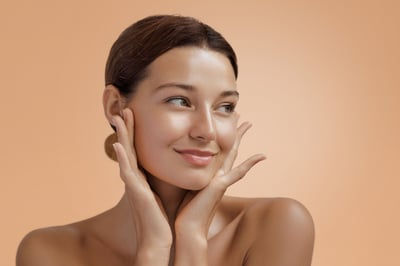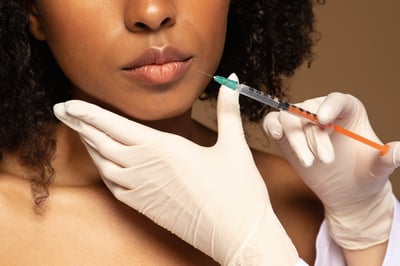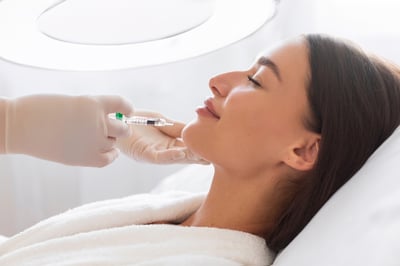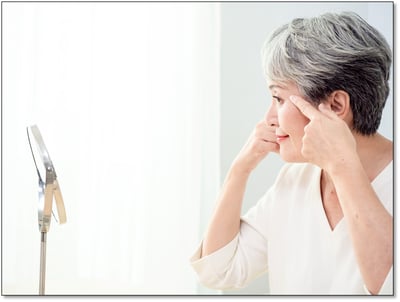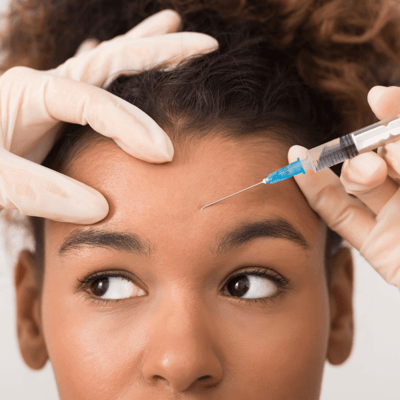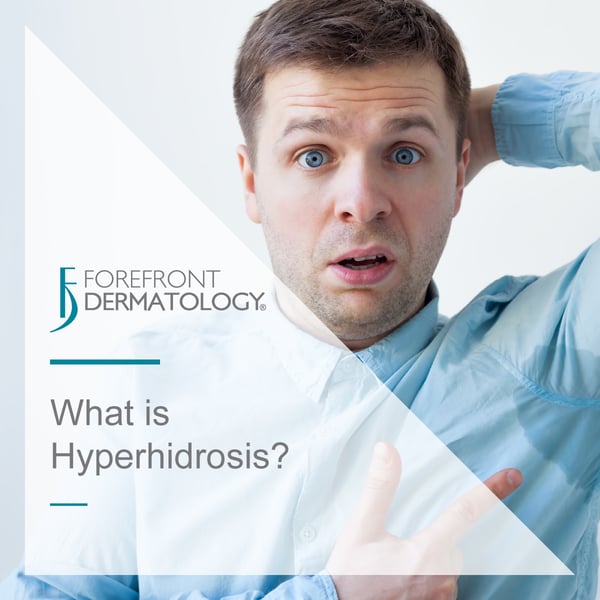
Sweating is a necessary component of a proper functioning body. In some cases though, people can suffer from excessive sweating, also known as hyperhidrosis. According to Dr. Giacomo Maggiolino, board-certified dermatologist with Forefront Dermatology, “Many people who have hyperhidrosis sweat from one or two areas of the body while the rest of the body remains dry. This excessive sweating commonly interferes with every day activities like turning a doorknob or using a computer. In severe conditions, the excess sweat can lead to skin infections.” There are three methods for managing hyperhidrosis:
Topicals
Antiperspirants are considered the first line of treatment for excessive sweating because they are the least invasive and least expensive treatment option. The active ingredient in antiperspirants is commonly aluminum salts which reduce the amount of sweat released. Once an antiperspirant is applied to the skin, perspiration in the underarm grabs and dissolves the aluminum salts, pulling them into the pores and forming superficial plugs that are just below the surface of the skin. When your body senses that the sweat duct is plugged, a feedback mechanism stops the flow. The plugs can stay in place at least 24 hours and then are washed away over time. For best results, antiperspirants should be applied at night to allow enough time for this mechanism to work. Antiperspirants are available either over-the-counter or by prescription from your local dermatologist. Over-the-counter antiperspirants are also now available in clinical strength that provides improved sweat reduction compared to traditional antiperspirants. Over-the-counter antiperspirants have been shown to decrease sweat by 20 percent, while prescription antiperspirant can decrease sweat by 30 percent.
A recent addition to topical treatments is topical glycopyrrolate (Qbrexza) which is commonly found as a single-use towelette packaged in a pouch. In clinical trials, these towelettes showed improvement in sweating symptoms as soon as 1 week after beginning use. These studies also found that over 4 weeks of continued use, symptoms decreased by nearly 25%. Glycopyrrolate is also available through an oral prescription.
BOTOX® Injections
In 2005, the FDA approved BOTOX® for the treatment of underarm excessive sweating. It is a natural, purified protein that has the ability to temporarily block the secretion of the chemical responsible for triggering the activation of the body’s sweat glands. BOTOX® injections have been shown to decrease sweating by 82 to 87 percent and results can last between 4 and 12 months.
miraDry®
While the above treatments offer a temporary solution, a specialized treatment is now available to help permanently eliminate bothersome underarm sweat. miraDry® is the only noninvasive, FDA- cleared treatment that safely and permanently removes the sweat and odor glands in your underarms.
The miraDry® treatment is an hour long treatment that uses miraWave energy to targets and eliminate sweat and odor glands in your underarms. Once the glands are removed, they do not grow back. According to Dr. Maggiolino, “a common misconception is that you need the sweat glands in your underarms, but of the over 2 million sweat glands on your body, only 2 percent are located in your underarms. With the miraDry® treatment, you can expect to have an immediate and permanent solution to underarm sweat.” The treatment is very safe and effective, decreasing under arm sweating by 82 percent. Dr. Maggiolino added, “With a patient satisfaction rate of 98 percent, patients can live antiperspirants and deodorant free lives.”
Skin Struggles?
At Forefront Dermatology, we know that life is all about the moments when you don’t need us. That’s why we’re here for all the moments when you do. We offer comprehensive and compassionate care for all skin conditions and create customized treatment plans for all ages – even the tiniest of patients! Find a dermatologist near me.
